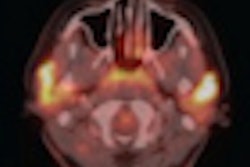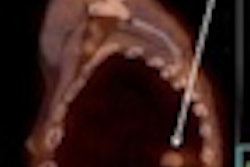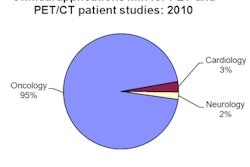Dear Molecular Imaging Insider,
As an Insider subscriber, you get an exclusive first look at the clinical trial of a unique new technology that uses radiolabeled nanoparticles to brighten cancer cells so they can be detected by a PET-optical imaging camera.
Researchers from Memorial Sloan-Kettering Cancer Center and Cornell University are collaborating with Hybrid Silica Technologies, a Cornell start-up company, and Dutch optical imaging developer O2view on the project and clinical trial.
The U.S. Food and Drug Administration recently issued investigational new drug (IND) approval for the study to explore the applications of cancer targeting and future therapeutic diagnostics, as well as cancer disease staging and tumor burden assessment through lymph node mapping. Read more about the so-called "Cornell dots" by clicking here.
Also in this issue of the Insider, German researchers have found that FDG-PET is sensitive and specific in detecting bone marrow involvement in pediatric Hodgkin's lymphoma patients and may be a safe alternative to an invasive bone marrow biopsy in routine staging procedures.
PET scans with the radiopharmaceutical rubidium-82 can predict major adverse cardiac events independent of other parameters, say researchers from the University of Ottawa Heart Institute. Their findings indicate that assessment of myocardial flow reserve with rubidium-82 PET could improve risk evaluation for patients being investigated for ischemia.
A study by researchers from Boston Medical Center concluded that despite an abundance of false-positive results, FDG-PET/CT can provide "valuable insight" into the progression of disease in HIV patients without the need for biopsy. They found that clinicians can use the modality to distinguish between malignancy and infection when evaluating central nervous system lesions, leading to appropriate treatment initiation and precluding the need for invasive biopsy.
Finally, research from MD Anderson Cancer Center and biopharmaceutical company Cell>Point suggests that there may be an alternative to non-small cell lung cancer diagnosis and staging using FDG-PET. Low-cost SPECT imaging with a new molecular imaging agent -- technetium-99m ethylene dicysteine glucosamine -- appears to be a very viable option.
As always, be sure to stay in touch with the Molecular Imaging Digital Community on a daily basis to be informed on the latest news and research from around the world.



















